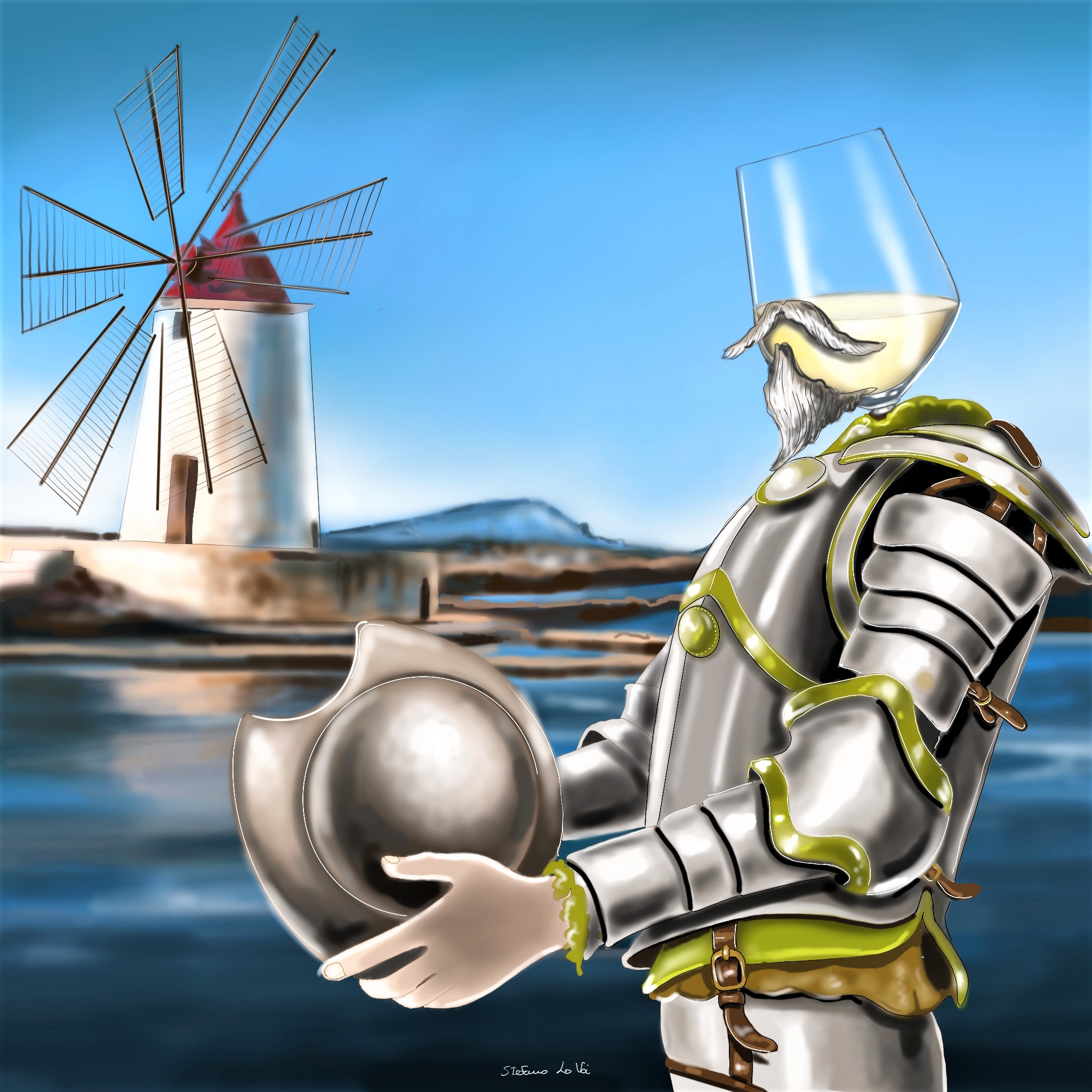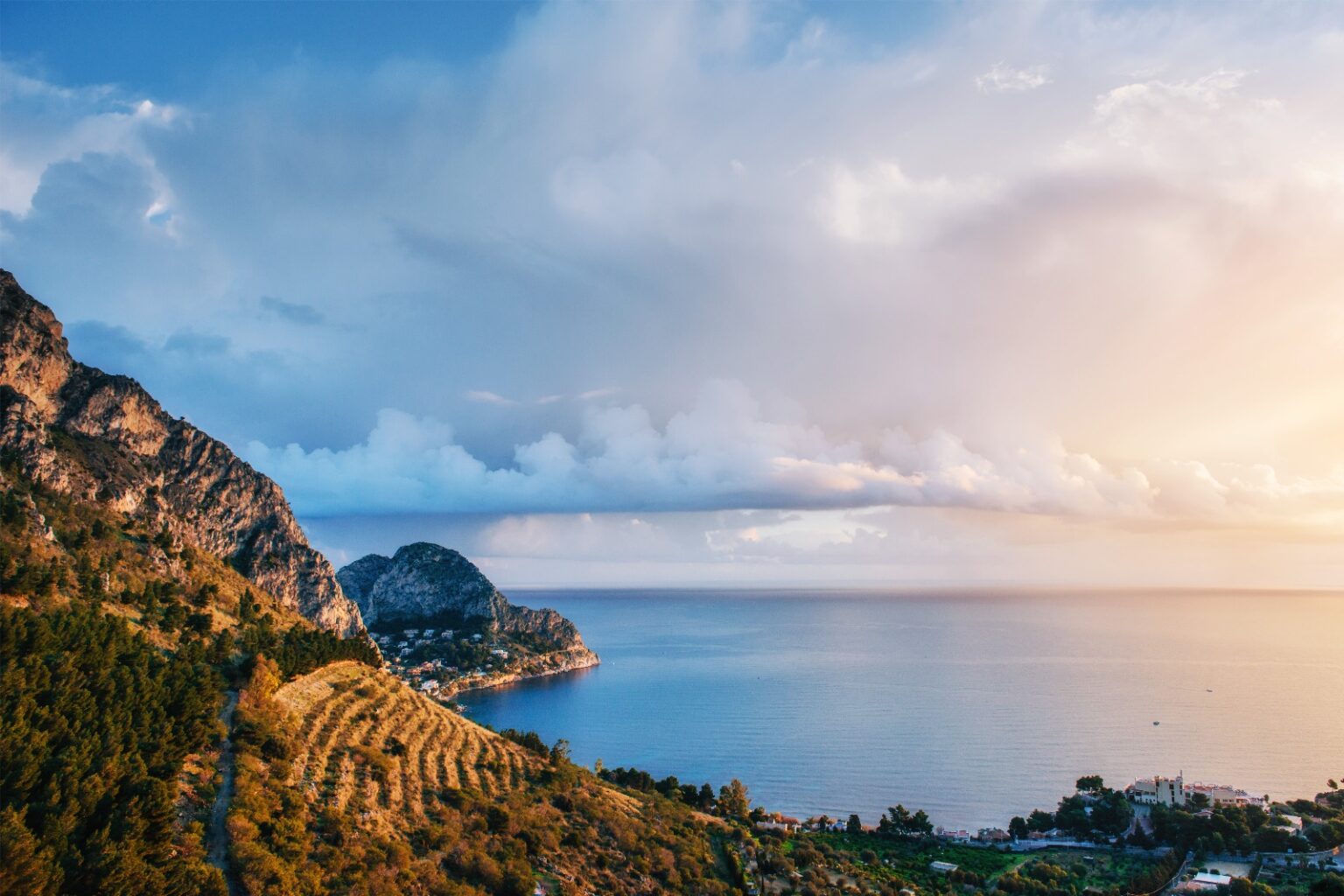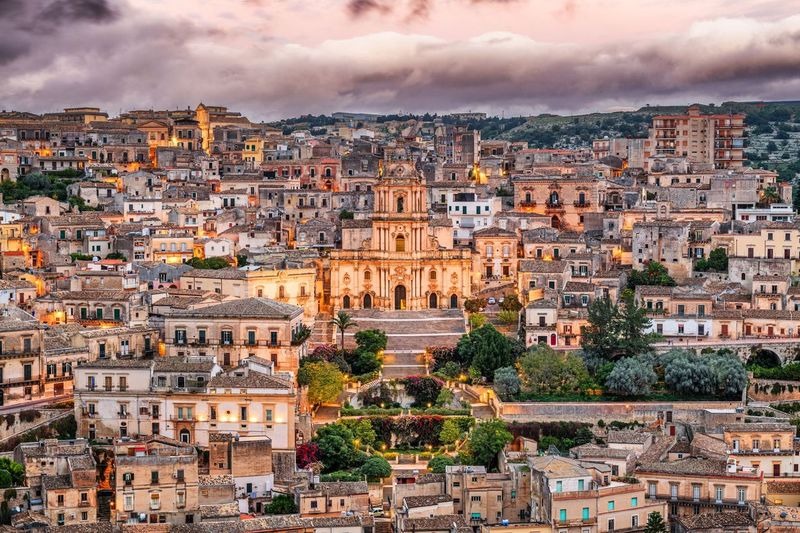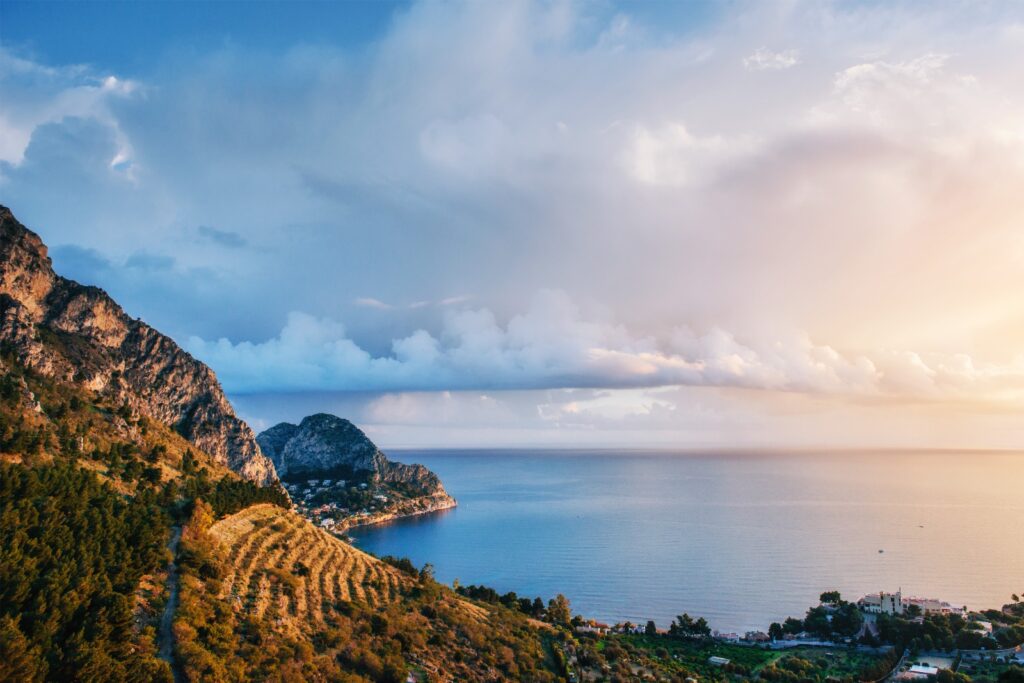Don Grillo from Trapani – A Sicilian Hero
In western Sicily, in the expanses of the salt pans, Trapani’s “giants,” as the windmills are called locally, are powered by the wind to lift the large quantities of water needed to produce sea salt. This is the magical place where the exploits of our hero, “Don Grillo from Trapani,” took place. Conceived by the brilliant mind of Baron Antonio Mendola who crossed the Catarratto and Moscato d’Alessandria cultivars, Grillo proved to be an excellent ally of Marsala, making it richer and more balanced. The two established a strong and solid relationship, creating an excellent fortified wine much appreciated by the British. But on the horizon, there was a threat looming for the good name of Marsala wine and its faithful companion, “Don Grillo.”
In the years following WWII, new labels came to light that tarnished the reputation of Marsala wine with poor products that had nothing to do with the original. Marsala has continued along its path, but today the real protagonist is our noble hero Grillo. What happened to our hero “Don Grillo”? What could be done? Fight like Don Quixote de la Mancha and Sancho Panza against windmills and succumb? Not at all. Our hero’s fate was quite different. Thanks to the help and skill of many Sicilian winemakers who believe in quality winegrowing, Grillo has made a comeback. Today, Grillo, a white-berried grape grown mainly in western Sicily, has become part of the island’s winegrowing heritage with its more than one hundred local varieties. Its fame is spreading like wildfire throughout the region.
Grillo is a resilient grape variety capable of abundant production. Its grapes yield wines of great organoleptic depth, matched with tanginess, intriguing aromas and good longevity. It has an incredibly unique way of expressing itself. Just like a skilled stage actor, it changes its appearance as it matures. Luigi Pirandello no doubt would have chosen Grillo as the most beautiful among his “one hundred thousand” masks.
Its ability to change shape and therefore personality gives it a rich variety of hues, which vary from straw yellow, with greenish reflections, to shades of orange. Its bouquet is like a dress made by a fine tailor who gives the creation complex fruity hints. On the catwalk of high fashion wine, Grillo changes its outfit to suit every palate with an enveloping and extremely well-balanced taste.
Grillo features a medium-sized, trilobate or quinquelobate leaf, with a compact, cone-shaped cluster. The berries are small but have a thick skin, of a greenish yellow color, which turns reddish when the berries are ripe. Neither heat nor drought can discourage our “Don Grillo.” It resists well until it proudly reaches full maturity.
Among its “one hundred thousand masks,” Grillo displays its eccentric personality in the wines produced in the Trapani area near the sea.
Winemaker Vincenzo Naselli describes them as fresh wines with fruity notes of Sicilian citrus fruits, passion fruit, lychee and boxwood, combined with the sweet scent of orange blossom. It affords a full, soft richness of flavor on the palate that matches perfectly with summer dishes of shellfish, raw fish, fried squid, pastas and risottos with seafood and vegetables.
But what would Grillo be like if it were grown on hilly land or at higher altitudes or even inland? What other “face” or “mask” would it wear on when it is put to the test? Can it handle the stress? Can our hero take the heat? To find out, we will just have to wait for the new adventures of “Don Grillo” written by Sicily’s finest wineries.






